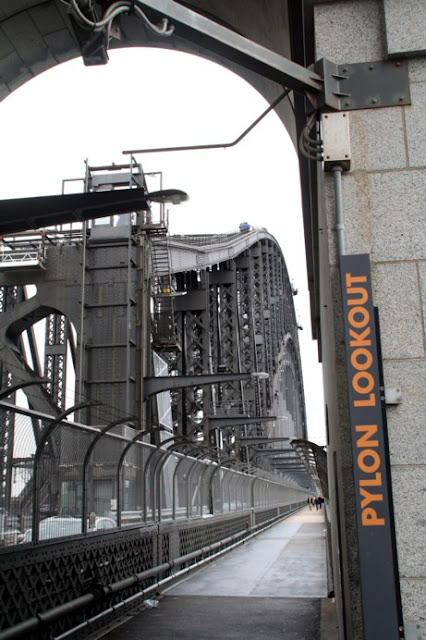You can drive to the Glow Worm Tunnel along a gravel road from Lithgow. But it's much more fun to drive on further, then up the beautiful Wolgan Valley, and then do the scenic little bushwalk in from the western side.
This is what my Thursday bushwalking group did yesterday. It was my suggestion, as I'd somehow failed to get to this particular Wollemi National Park destination in my whole 15 years of living in Sydney.

And it's quite an experience. The tunnel was built for the railway which served the shale oil plant at Newnes. It's 400m long, and it curves around, so the central portion is very very dark. You can see absolutely nothing without a torch, except that when your eyes adjust, you can see a starry night sky apparition - the glow worms on the ceiling and walls. Wikipedia tells me they are the bioluminescent larvae of Arachnocampa richardsae, a type of fungus gnat.
Along the way to the tunnel you get to see highlights such as the odd industrial relic, mine shafts, and bits of railway line, but also you get great views of Donkey Mountain, the Emirates luxury resort ($1950 per night), and the Gardens of Stone National Park.
On the other side of the tunnel you go on up the Pagoda Track to the Old Coach Road. And pagodas are what you get. Fabulous weathered old sandstone formations, they're great for clambering over and just marvelling at. When you do clamber, you need to be careful you don't tread on the thinnest of the ledges, as they could break off.
We had an excellent day, and plan to return to the area many more times.
This is what my Thursday bushwalking group did yesterday. It was my suggestion, as I'd somehow failed to get to this particular Wollemi National Park destination in my whole 15 years of living in Sydney.

And it's quite an experience. The tunnel was built for the railway which served the shale oil plant at Newnes. It's 400m long, and it curves around, so the central portion is very very dark. You can see absolutely nothing without a torch, except that when your eyes adjust, you can see a starry night sky apparition - the glow worms on the ceiling and walls. Wikipedia tells me they are the bioluminescent larvae of Arachnocampa richardsae, a type of fungus gnat.
Along the way to the tunnel you get to see highlights such as the odd industrial relic, mine shafts, and bits of railway line, but also you get great views of Donkey Mountain, the Emirates luxury resort ($1950 per night), and the Gardens of Stone National Park.
On the other side of the tunnel you go on up the Pagoda Track to the Old Coach Road. And pagodas are what you get. Fabulous weathered old sandstone formations, they're great for clambering over and just marvelling at. When you do clamber, you need to be careful you don't tread on the thinnest of the ledges, as they could break off.
We had an excellent day, and plan to return to the area many more times.





































